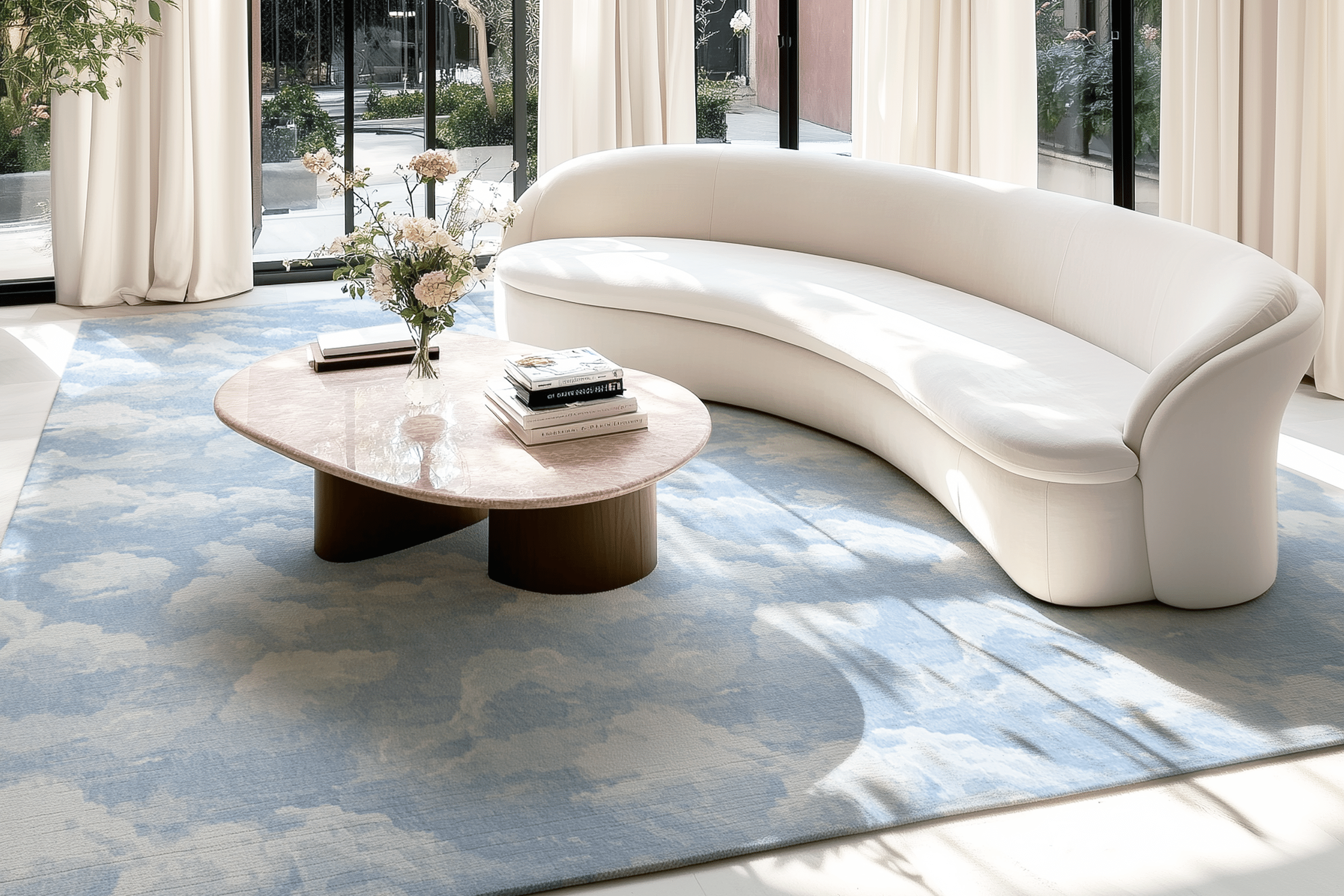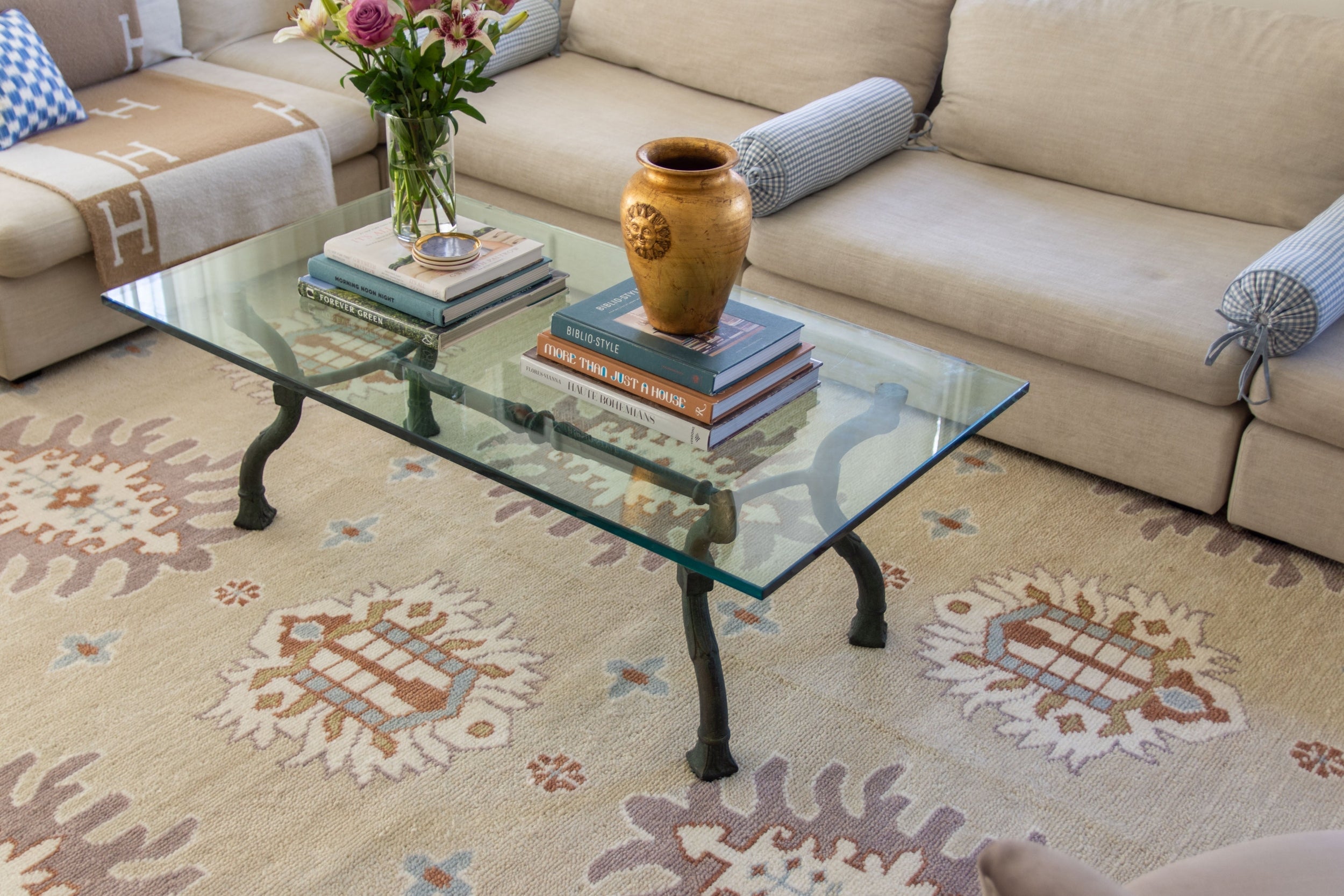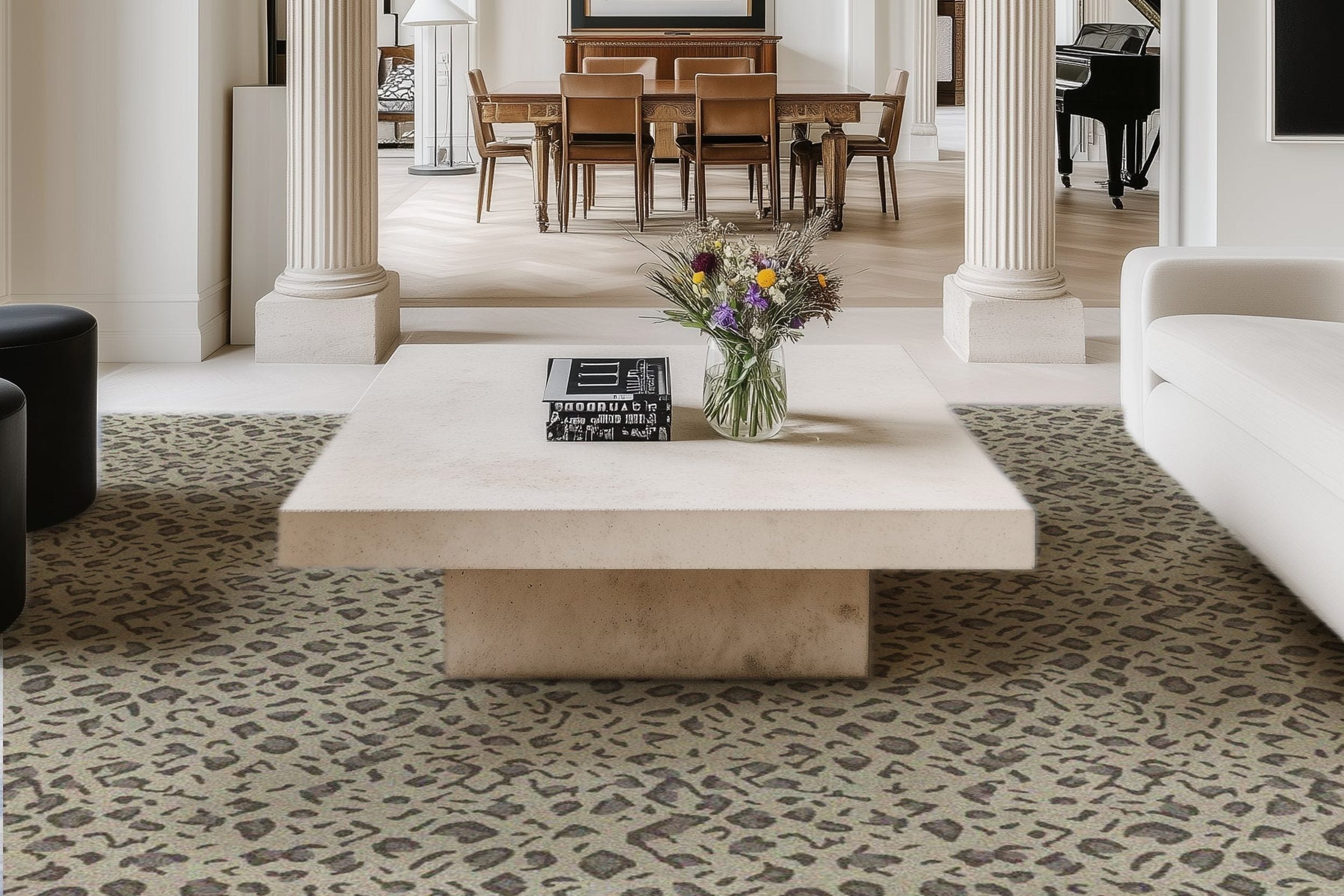Top Attic Insulation Options for Energy Efficiency

Attic insulation is one of the first things we recommend to anyone looking to improve their home's energy efficiency. Good insulation keeps temperature differences from the inside to the outside small and even, which leads to lower energy costs and minimizes harm to the environment. Considering how many types of insulation exist, you may feel that selecting the best one can be like finding a needle in a haystack. This guide explores some of the best attic insulation options to ensure homeowners make the right choice.
Fiberglass Insulation
Fiberglass is a commonly used material because it is affordable and easy to install. It is generally provided as batts or rolls that can easily be fitted between joists and beams. As it traps air within, it prevents heat transfer, and thus it can be used for thermal insulation. However, you should use protective gear for installation, as it could cause skin and respiratory concerns. Checking and maintaining this insulation regularly helps ensure that it will not wear out. Those looking for the best attic insulation for Seattle must consider fiberglass insulation, considering the weather conditions and benefits offered.
Spray Foam Insulation
Spray foam insulation is ideal for anyone looking for improved sealing abilities. After application, it expands to fill cracks and crevices to form an airtight seal. It is especially effective at stopping air from leaking out, which is known to boost heating and cooling bills. The up-front costs might be higher, but the energy savings over time typically pay for the price. Spray foam also acts as a soundproofing method, making living indoors cozier.
Cellulose Insulation
An environmentally friendly choice, cellulose insulation is made from recycled paper products. With fire-retardant properties, which have been treated with chemicals, it is safe, along with insulation properties. Cellulose can be blown-drilled into place, helping it to fill ill-defined voids, permitting complete coverage via cathodic systems. So, the dense structure helps clog up air, which is vital to energy efficiency. Cellulose is an attractive option for sustainability-minded homeowners looking to reflect as much heat as possible away from functioning attics.
Mineral Wool Insulation
Mineral wool made of natural rock and metal slag is also an excellent thermal insulator. It's non-combustible, which makes it an added fire safety benefit. Its water-resistant property also combats mildew, vital for healthy indoor air quality. Plus, mineral wool makes a home more comfortable thanks to its sound absorption properties. While more costly, with proper enclosures, its overall performance justifies reaching for the wallet.
Radiant Barrier or Reflective Insulation
Unlike traditional insulation types, reflective insulation (radiant barriers) acts differently. These barriers, installed in attics, deflect heat instead of absorbing it. This attribute causes them to work exceptionally well in warmer climates when cooling a home is essential. Radiant barriers, which are usually made of aluminum foil, need an air space to work correctly. They're not a solution in themselves, but when used in conjunction with other types of insulation, they can provide a substantial energy-saving benefit.
Cotton (Denim) Insulation
Cotton insulation is an intriguing choice if you are focused on sustainability. It's environmentally friendly, composed of recycled denim, and easy to work with. It is so soft that you will not need protective gear while installing it. It also has natural thermal and sound insulation, making the living space comfortable. This type of insulation is a little more expensive, but the environmental benefits and ease of use make it a popular product for the eco-conscious homeowner.
Maintaining the Effectiveness of Insulation
Insulation efficiency is dependent on proper upkeep. Over time, damage or compaction can occur, but regular inspections will reveal if repairs or replacements are necessary. Air leaks or moisture issues should be addressed as soon as possible, or worse issues could arise. Homeowners also need to potentially upgrade insulation if it's no longer up to the current spec. Regular maintenance keeps attic insulation in a position to keep providing the energy savings benefits it is meant to offer.
Wrapping Up
The ideal attic insulation is a crucial factor in a home's energy classification and comfort. Multiple options like fiberglass, spray foam, cellulose, mineral wool, reflective barriers, and cotton each provide a particular benefit. Homeowners can make the right decisions by considering climate, cost, and installation. Maintenance ensures insulation is still working, which will not only help to lower the energy bills but also improve the comfort of the home. A more sustainable, energy-efficient, and cost-effective home can be achieved through the correct insulation choice.
Browse by Category

Design Projects
Explore interiors from client work and personal renovations — layered, livable, and always in progress.
read more →
Collaborations
From product launches to styled spaces, discover the brand stories I’ve helped bring to life.
read more →
The Notebook
A growing archive of iconic designers, inspiring artists, and unforgettable design moments.
read more →
Travel by Design
Wander with a designer’s eye — from charming hotels and city guides to visual inspiration abroad.
read more →




